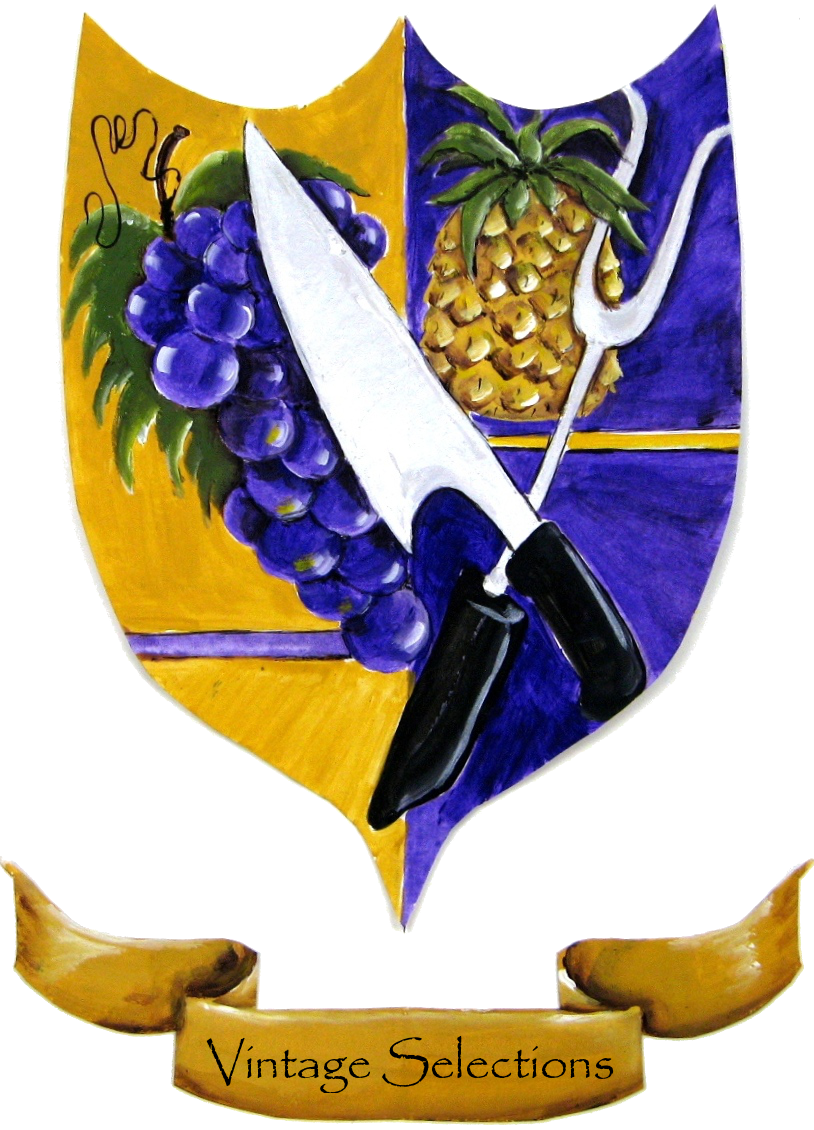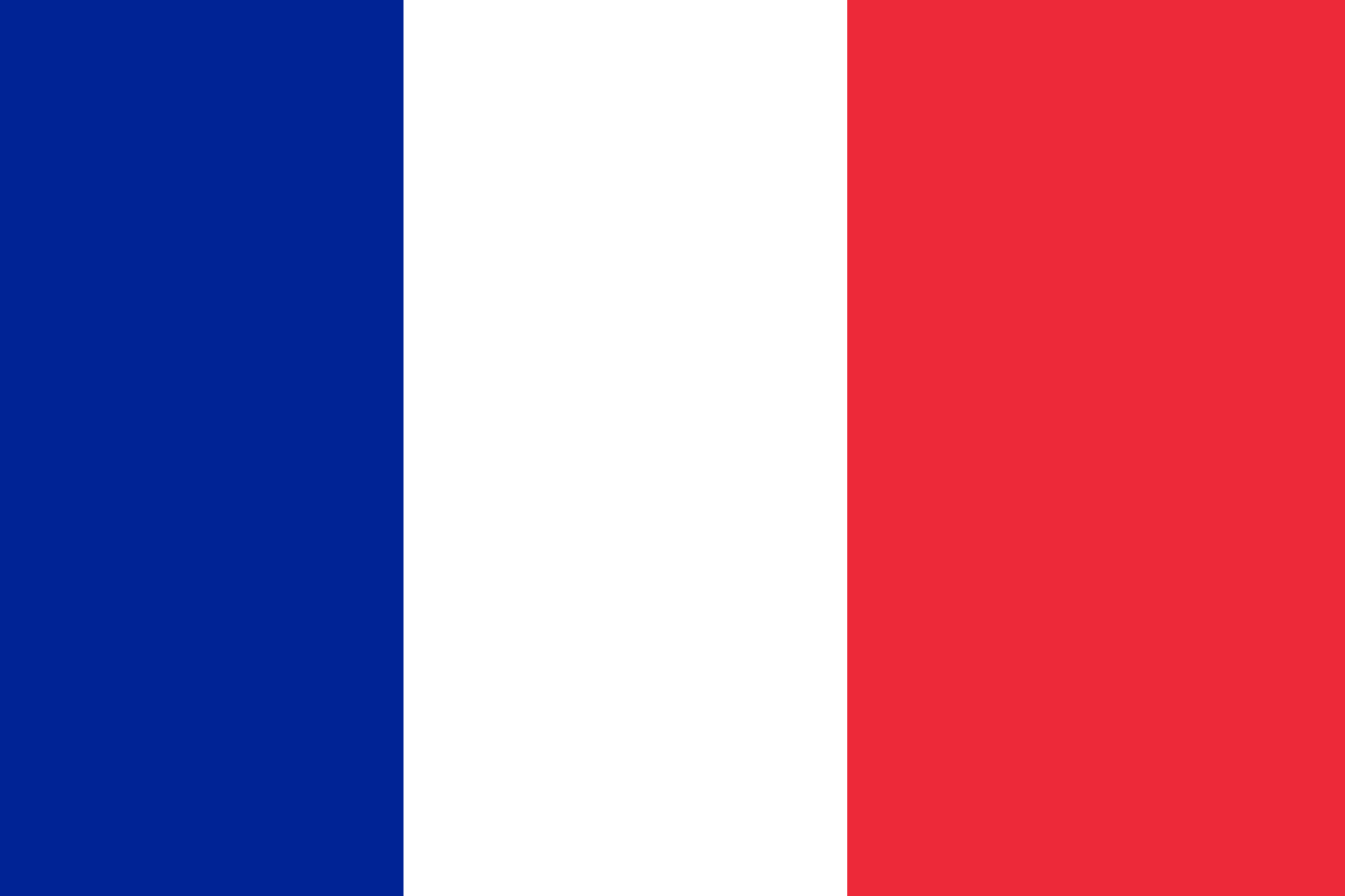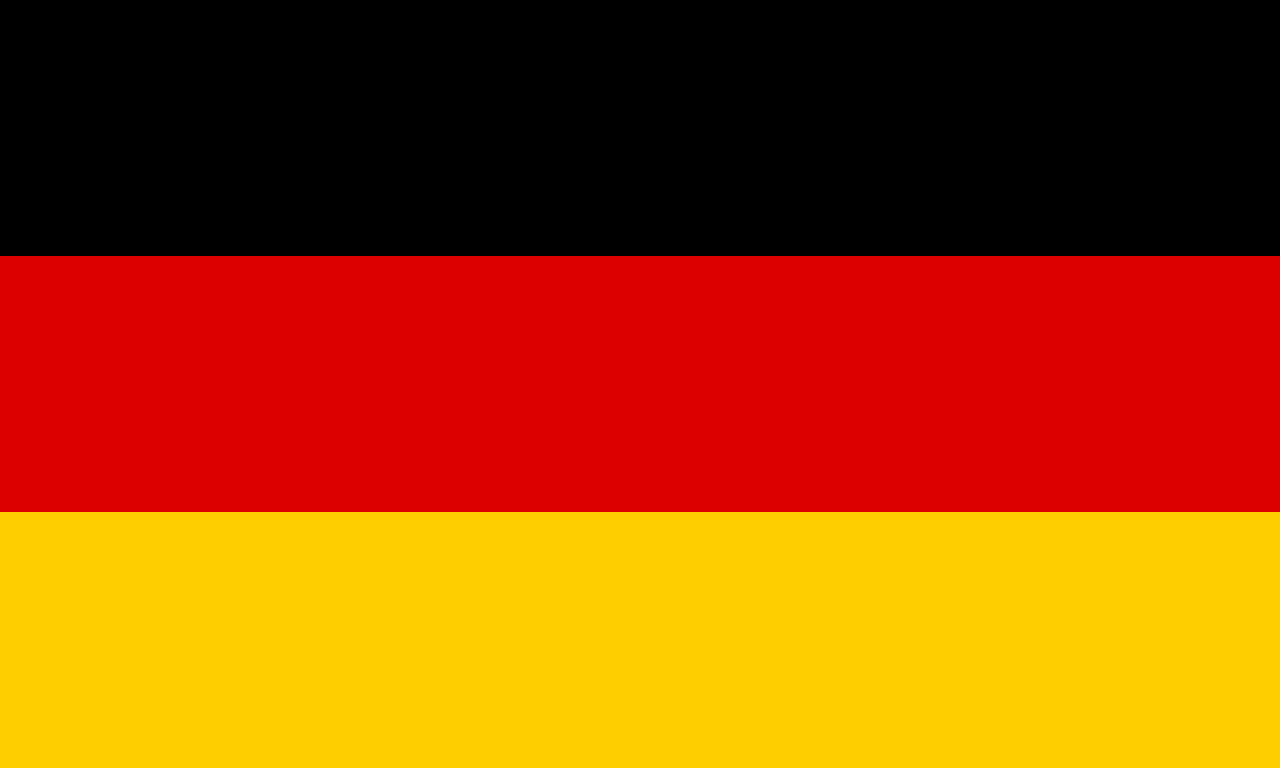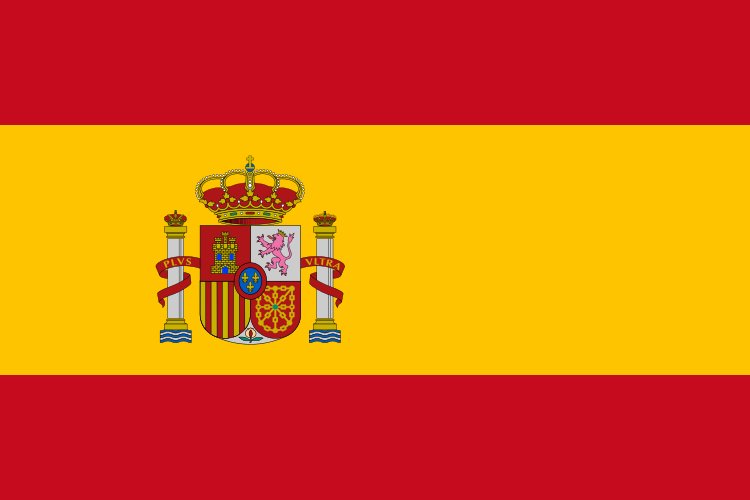Europe
European wine is considered "Old World" focusing on tradition and terroir.
Tradition refers to the long history of a wine region. The centuries-old histories of many Old World wine regions have given the regions time to develop and adapt techniques that presumably best suit a particular vine growing area. These can include which grape varieties to plant, trellising methods, maximum permitted yields, as well as winemaking techniques. Over time, these traditional practices became enshrined in local regulations such as the French (AOC), Italian (DOC), and Spanish (DO) .
Terroir is often used to describe the aspects of a wine region such as soil, climate and topography that are often out of the winemaker's control. They are the unique attributes that, theoretically, make a Sangiovese based wine from Chianti taste different from a Sangiovese based wine made anywhere else in the world even if exactly the same winemaking techniques are used. While wine in the New World are often labeled based on the varietal (such as Chardonnay or Tempranillo), wines in the Old World are generally labeled based on the region or place that they come from (such as Bordeaux or Chianti). This is because Old World winemakers believe that the unique terroir-driven characteristics of where a wine comes from plays a more distinct role in shaping the resulting wine than the grape variety itself.




